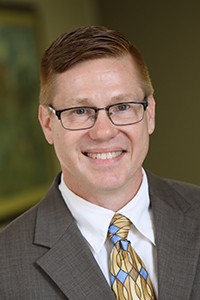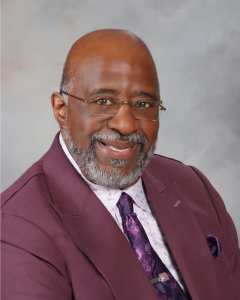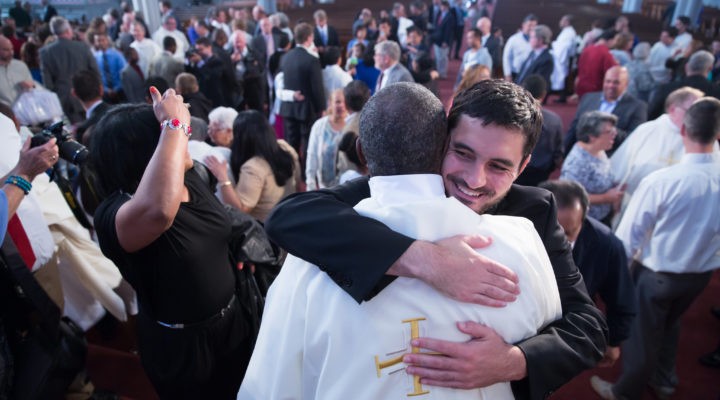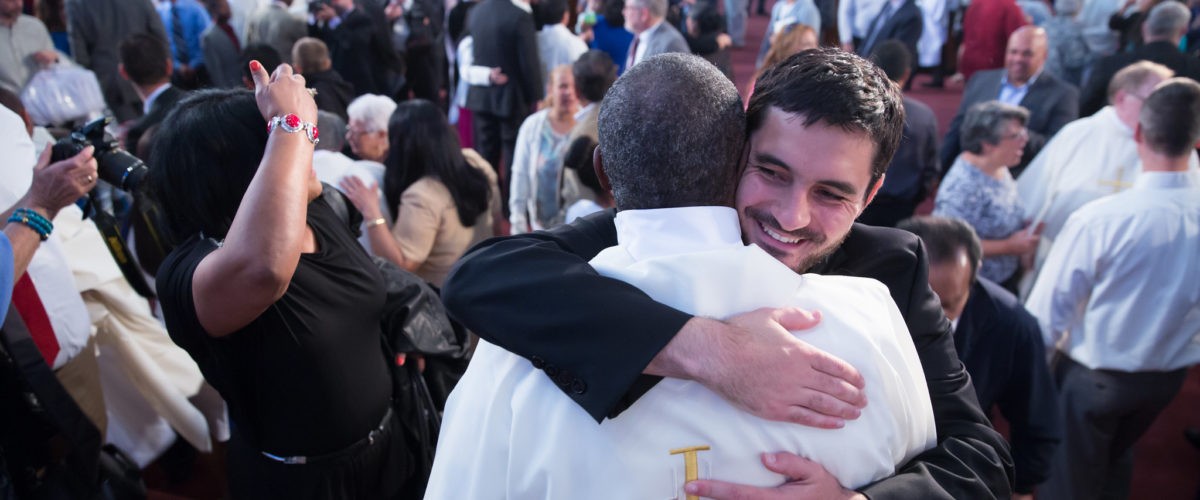Evidence that American churches have become more racially diverse doesn’t mean they have become increasingly active in promoting racial justice causes, according to a new sociological study.

Kevin Dougherty
“We do see this slow-but-steady rise in the percentage of congregations in the United States characterized by racial diversity — about one in four Americans attend a multiracial congregation,” said study co-author Kevin Dougherty, associate professor of sociology at Baylor University.
“But we also draw attention to this: that just because people are worshiping in multiracial spaces does not mean they are on the forefront of racial justice,” Dougherty said about the study published last month in The Journal for the Scientific Study of Religion.
“Just because people are worshiping in multiracial spaces does not mean they are on the forefront of racial justice.”
Examining trends within Catholic, mainline, evangelical, Pentecostal and Black Protestant traditions, the analysis defines a “multiracial” congregation as one in which no single racial or ethnic group makes up more than 80% of the congregation. By that measure, the presence of such churches has almost tripled from 1998 to 2019, researchers said.
But the authors cannot say if attending multiracial churches fosters authentic connections between worshipers of difference races.
“Are they forming deep relationships with others who don’t look like them and coming to confront the racial prejudices they have held to effect systematic change? We’re not sure that diverse congregations are accomplishing those deep levels of change,” Dougherty said.
What is known is that multiracial congregations, while led by more Blacks in 2019 than in 1998, most often lack diversity in leadership. “The structure of these congregations seems to tip in the favor of white Americans,” he said.
None of that is a surprise to Black and Hispanic faith leaders who have seen members of their traditions provide the racial diversity in otherwise white churches, often only to be left wanting.
African-American Christians attending multiracial churches almost always encounter white-majority or white-only leadership, both on the lay and clergy levels, said Joseph C. Parker Jr., pastor at David Chapel Missionary Baptist Church in Austin, Texas.

Joseph C. Parker, Jr.
Parker said he’s watched former members of his majority Black church venture into those settings to encounter a white culture that pastors and other members are unwilling to address. It was an especially painful situation after the police killings of George Floyd and other Black citizens during the summer.
“Part of the reality of the African American who goes into those spaces is that that you have to make a decision: Do I want to speak my truth and know it will lead to conflict? Or do I just swallow it and smile my way through it?”
Parker said he’s been called by Black Christians from multiracial churches asking him for pastoral guidance on racial issues on the job or in the community. “I always ask them if they have spoken to their pastor. And in virtually every case they were not able to talk with their white pastor about a racial issue. Their comment invariably is, ‘He doesn’t get it.’”
When evangelical churches are the setting, Parker said, Blacks often must endure hearing the opinions of white conservatives on politics and social issues. “They may be asked, ‘How can you be a Christian if you don’t agree with my positions on these things?’”
In Hispanic communities, it’s often the young adults who attend multiracial settings in an effort to step out on their own, said Ruben Ortiz, Latino field ministries coordinator for the Cooperative Baptist Fellowship.
“They want to start worshiping in their first language, English, outside the Latino church,” he explained.
“We speak Spanish, but we are from many cultures, so naturally our DNA is very diverse.”
Hispanics often are well-suited to worship in multiracial settings, he added. “We speak Spanish, but we are from many cultures, so naturally our DNA is very diverse.”
But they don’t always stay in those churches indefinitely, he said. “Some are returning after marriage to have a family in the Latino church. They are looking for Hispanic churches to raise children.”
Another obstacle can be differences between the dominant culture in those churches and the immigrant culture that has formed Hispanics.

Ruben Ortiz (Photo/Dede Smith)
“If you want to attract our attention or talk with us or start doing diverse church, you must talk about DACA— the Dreamers — and children in cages at the border. Talking about these things is part of what full inclusion is about,” Ortiz said.
According to the Baylor study, 23% of Catholic parishes in America are multiracial, a 17% increase from 1998 to 2019. Evangelical churches were next in line at 22%, up 7% in in the same period, with Pentecostals at 16% and mainline churches at 10%. Fewer than 1% of Black Protestant churches were defined as multiracial in either 1998 or 2019.
Another trend noticed by researchers is that it is most often Blacks and Hispanics who seek multiracial worship. Rarely is it whites attending Black or Hispanic churches for the same purpose.
“We definitely see a one-way street when it comes to diversity,” Dougherty said.
Related articles:
Racially diverse church occupies campus where Baptist pastor once proclaimed racist views
Study: church diversity does not guarantee diverse thinking, beliefs
Pastors say worship makes difference in multiethnic congregations


